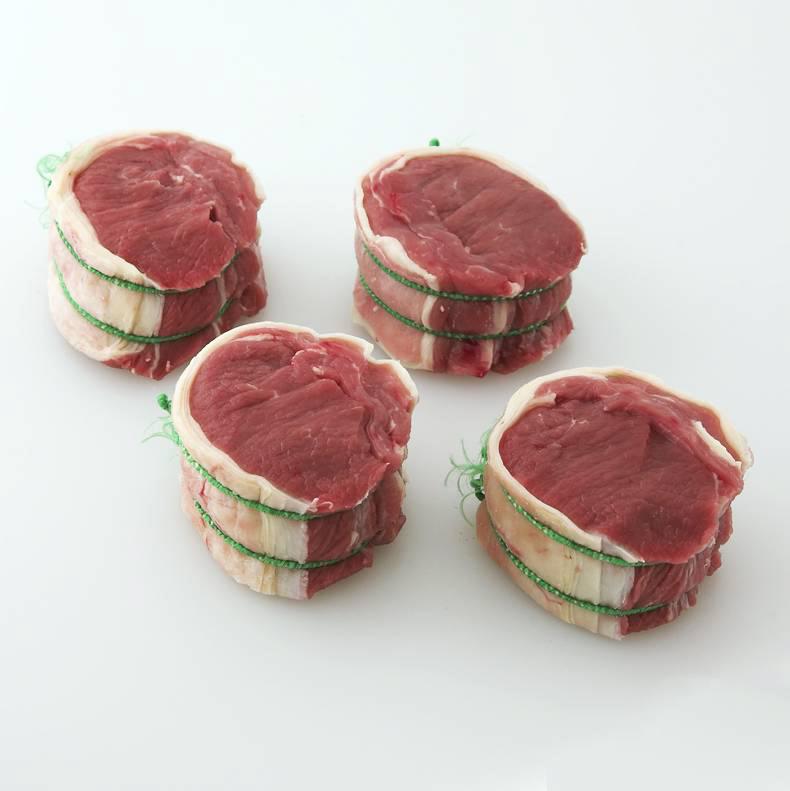Meat Industry Ireland – the trade association for meat factories – has launched a five year development plan for the sheep meat sector.
The core of the plan is to reverse the 10-year decline in the breeding ewe population, which has fallen by 50%. The ambition is to have this rebuilt to three million by 2025, with a consequent increase in lamb output by one million lambs annually.
If delivered, MII says that this would generate an extra 20,000t of product which would increase the value of exports by €150m to €381m based on 2015 figures.
It estimates that this extra production would generate an extra 500 jobs in processing and support services over the period.
How will this be achieved?
A twin-track approach between on-farm productivity, including getting more suitable output from hill lambs. A national target of 1.5 lambs per ewe lambing, up from the present estimated 1.35, from the present 2.5m ewes is set.
With an extra 500,000 ewes producing on average 1.5 lambs each, one million extra lambs could be produced on Irish farms.
Producer viability in this plan is recognised as critical in making it happen. Minister Creed has committed a €25m development package for the sheep sector, which should incentivise the sector to drive efficiency and increase production.
They identify knowledge transfer and a refocus on research. Here, there has been a loss of specialist resources in Teagasc which needs to be restored to assist farmers in producing what the market wants.
Presentation of lambs for slaughter is also highlighted as essential, along with other livestock issues such as castration, tail removal and general animal health and welfare. Breeding is identified as a key area in achieving the increased productivity envisaged. Teagasc and Sheep Ireland are charged with using technology and science to deliver this.
No doubt, application of the best science and genetics available can drive this, but it will be quite a challenge delivering an R3 carcase weighing 18kg or better from the Irish uplands, which are home to many sheep-breeding flocks.
The report is calling for early adoption of full electronic tagging of sheep as a means of ensuring product integrity, plus it will assist the development of breeding programmes with better data accuracy than is available at present.
Markets
The report identifies an opportunity to combine beef and lamb promotion campaigns and for a new wider EU initiative to promote lamb consumption. The EU is only 87% self-sufficient in lamb, unlike beef or dairy, which presents a convenient high-value market.
Unlike the beef sector in particular, it is not threatened by potential trade deals with the US or Mercosur countries. In fact, trade deals would enhance market export opportunities for lamb into the US market in particular, which is currently a lucrative destination for New Zealand lamb.
Accessing international markets, the US in particular, is something that is identified for Government to deliver and it is requested to dedicate greater resources to the market access unit of DAFM.
The US, China and the Gulf states are identified as key immediate targets, with the suggestion that future applications for beef export approval include lamb as well.
The meat processing industry is to be commended for developing a plan on how the sheep industry might be developed. Farmers will question what the factories would do with another million lambs when an extra few thousand always seems to tip the market every year in the late spring. Factories have to show farmers they can handle more lambs without dropping the price. Could contracts be the answer?
Although the sheep meat industry is our third most important category after dairy and beef, it is too often the forgotten sector of the Irish agri food industry. Sheep can complement beef or dairy and has the potential to contribute more than it currently does.






 This is a subscriber-only article
This is a subscriber-only article












SHARING OPTIONS: